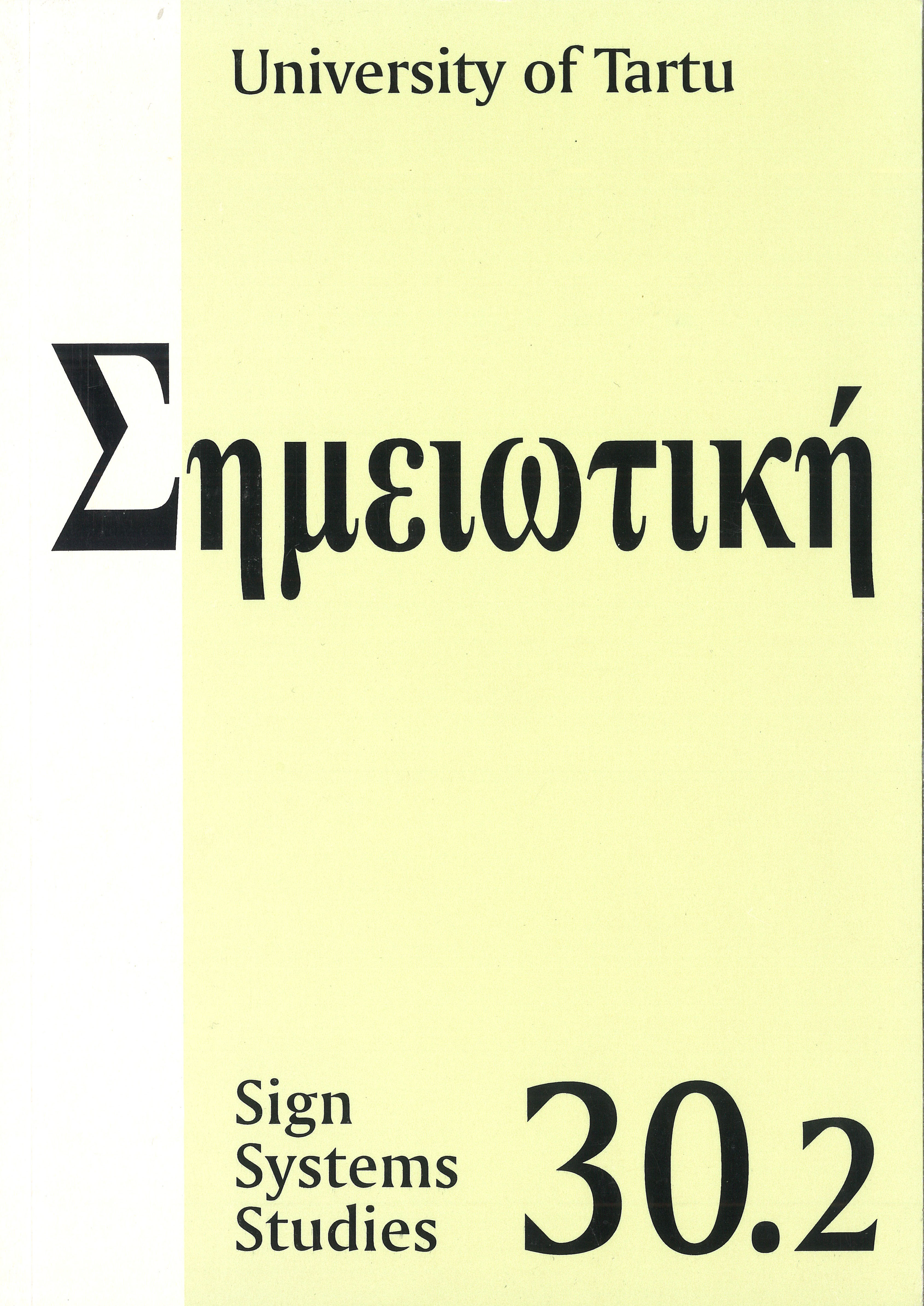Механизмы переложения "на наши (русские) нравы" итальянских оперных либретто [Mechanisms of adaptation “to our (Russian) customs” of Italian opera librettos]
DOI:
https://doi.org/10.12697/SSS.2002.30.2.16Abstract
Mechanisms of adaptation “to our (Russian) customs” of Italian opera librettos. The paper deals with the history of poetical translation of Italian musical poetry in the 18th century Russia. In particular, it is focused on the question of pereloženie na russkie nravy, the adaptation to national Russian customs, of Italian opera librettos, cantatas, arias, songs and so on. The author points out three different phases of this process. The first phase, in the 1730s, coincides with the reign of Anna Ioannovna and it is linked to Trediakovsky’s translations of Italian intermezzos, comedies and to the first opera seria, La forza dell’amore e dell’odio (‘The force of love and hate’, 1736) by F. Araja and F. Prata; the second phase, in the period 1740–1770s, is characterized by a very varied production of translations and imitations, which undoubtedly influenced the general developing of Russian musical and dramatic poetry. It is during this period that pereloženie na russkie nravy is introduced into dramatic genres and sometimes it is findable in musical poetry as well. The third phase, in the 1780–1790s, is linked with the activity of such poets-translators as Ivan Dmitrevskij, Michail Popov, Vasilij Levšin and is characterized by the new practice of performing operas in Russian translations. In the paper the different forms of pereloženie na russkie nravy are pointed out, starting from the formal niveau of metrics and stylistics up to the adaptation of themes, places and realia.


